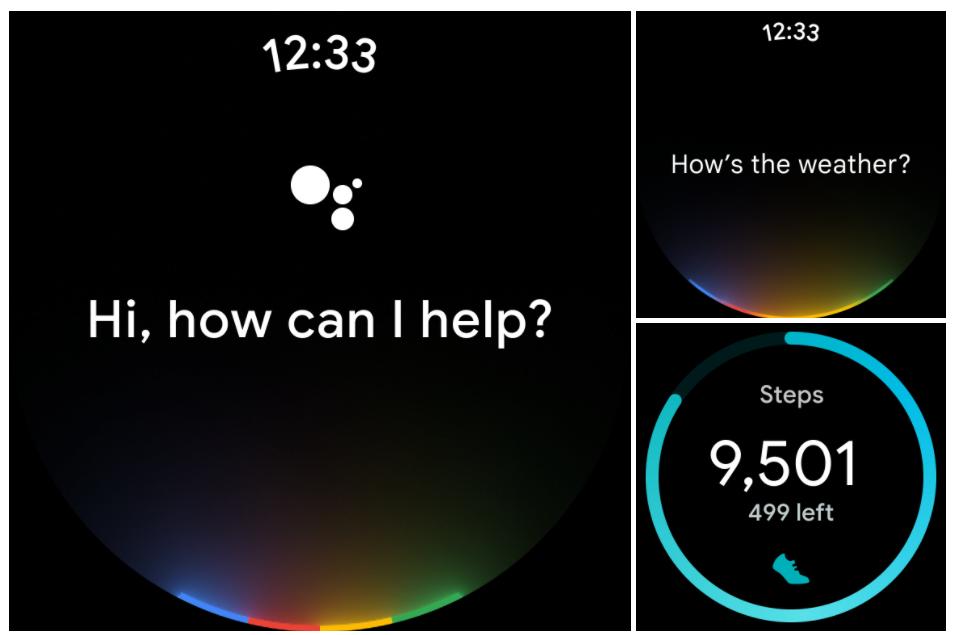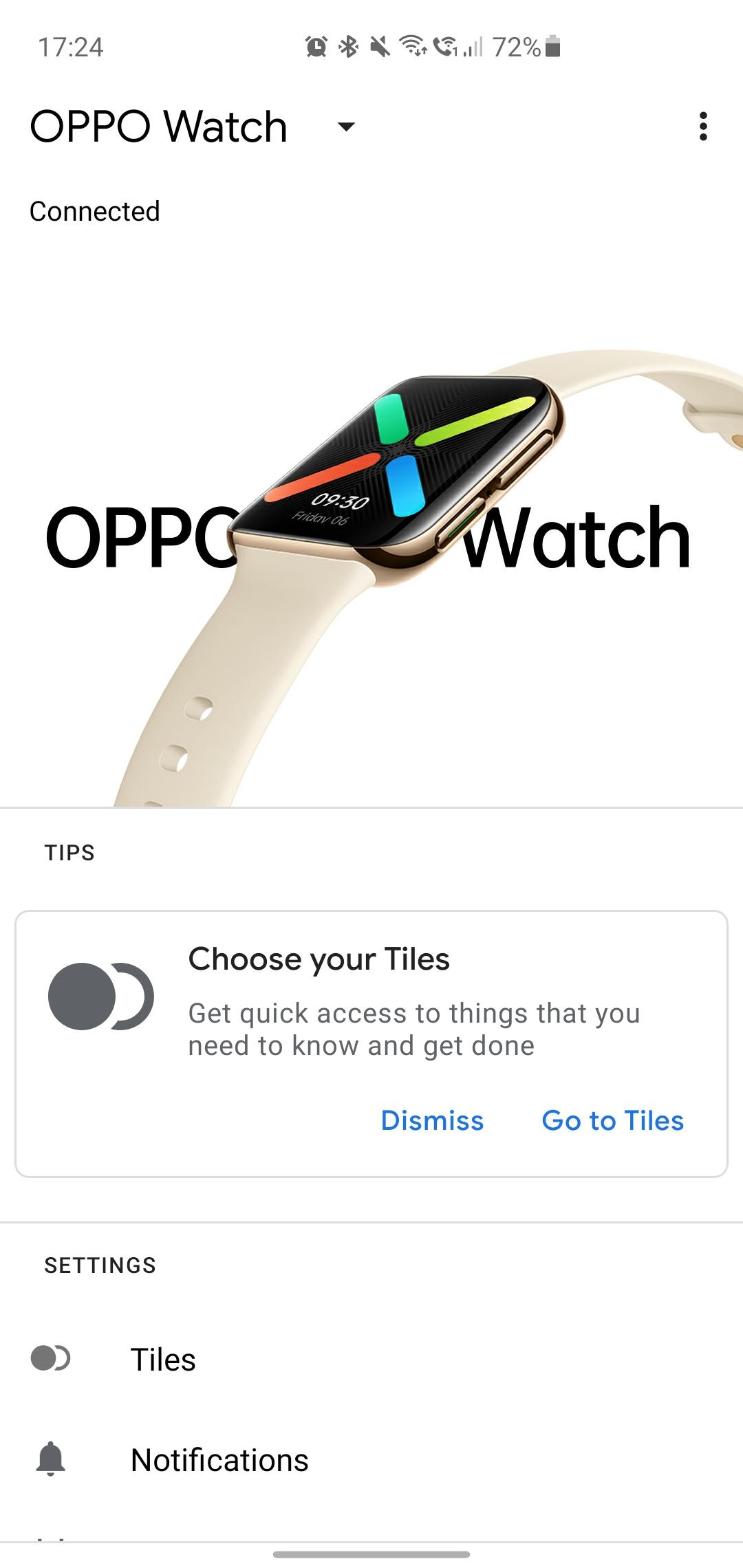
Google, where is the smart watch with this OS? There are screenshots of Wear OS 3 without One UI shell
NASA announced the completion of “critical mirror alignment steps” for the James Webb Space Telescope (JWST).All optical parameters that have been checked and tested are said to meet or exceed expectations.NASA experts also did not find any critical problems, as well as noticeable pollution or obstacles in the optical path of the telescope.The telescope can successfully collect light from distant objects and transmit it to instruments without problems.

The goal of the step was to align all segments of the main mirror so that they form a single image.The successful completion of the stage confirmed the viability of the ideas embodied in the design of the telescope, the design of which began more than 20 years ago.
The segmented primary mirror design is used in some of the largest ground-based telescopes.However, among space telescopes, James Webb is the first to use such a design.The mirror, measuring 6.5 m across, is too large to fit under the rocket’s fairing.It consists of 18 hexagonal segments.The mirror was folded before launch and unfolded after launch.Now the position of each segment will be adjusted to within nanometers to form a single mirror surface.Note that this stage is not the last one.So far, the telescope is configured only with the main receiver – a near-infrared camera.Over the next six weeks, the team will complete the remaining tuning steps with the near-infrared spectrograph, mid-infrared receivers, as well as the near-infrared imager and slitless spectrograph.For each instrument, the final corrections needed to align the telescope well with all scientific instruments will be calculated.They will be applied in the last leveling step.
The full alignment of the optical telescope elements will be completed by early May, if not earlier, after which scientists will move on to about two months of preparing scientific instruments.The first full resolution images and scientific data will be published this summer.
.
}})